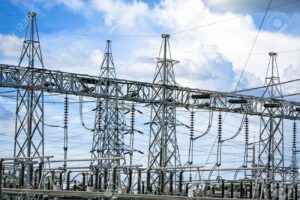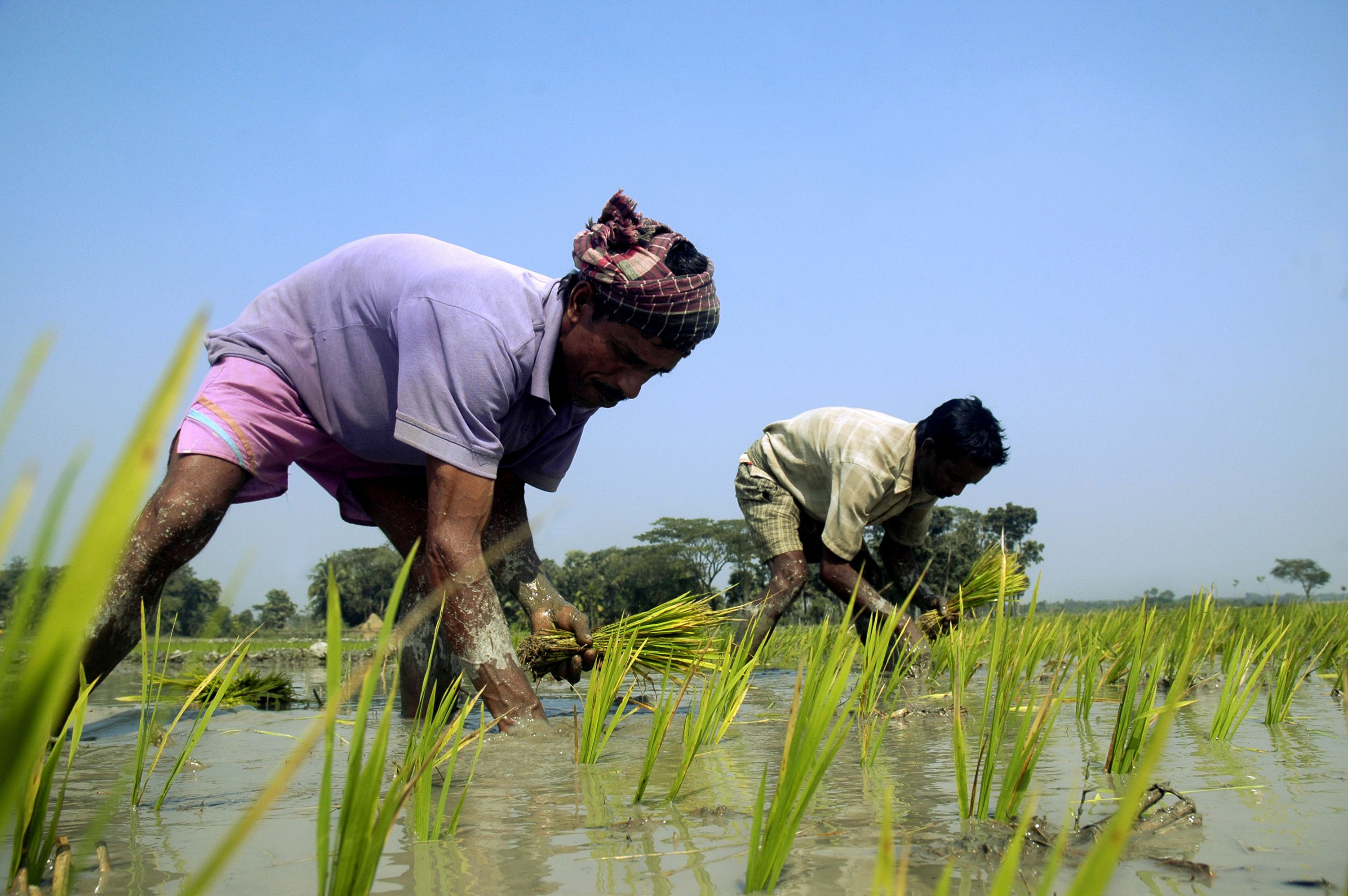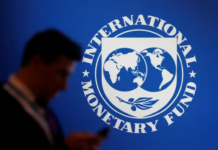 Bangladesh’s already low electricity consumption has dropped further in the past year in an indication of a worsening economic crisis.
Bangladesh’s already low electricity consumption has dropped further in the past year in an indication of a worsening economic crisis.
The electricity consumption drop amid power overcapacity reflects the struggle Bangladesh faces in increasing its power generation and slow industrial growth, energy experts said.
Energy experts warned that power overcapacity, which is now around half of the installed capacity, would grow further amid a drop in consumption and expansion in generation.
Bangladesh’s power generation capacity currently stands at 26,500MW excluding captive power of 2800MW. ‘Electricity consumption declined as overall power generation could not be increased proportionately with population growth,’ Power Cell director general Muhammad Hossain told New Age.
The dollar and global energy crises over the past two years were responsible for creating the situation, he said.
Last year, according to the 2023 annual report of the Bangladesh Power Development Board, Bangladesh produced 88,450 GWh following a 3 per cent rise in generation compared with the year before.
Bangladesh’s population increased to 171 million last year from 165 million the year before, according to The per capita electricity consumption stood at 464.13 kWh last year, down from 464.20 kWh the year before.
The per capita electricity generation dropped last year to 517.89 kWh from 518.33 kWh the year before, though the installed generation capacity increased by almost 11 per cent over the same period.
‘Power consumption stagnating is a sign of a worsening economic condition,’ said energy expert Ijaz Hossain.
The country is clearly drifting off its development trajectory, he said.
This is the first time in the past 15 years that electricity consumption has dropped since the incumbent Awami League government assumed power in 2008–09.
Energy experts, however, have reasons to believe that power consumption actually began dropping in 2022, but the BPDB allegedly hid the information by manipulating the population data for the year.
Analysing historical data provided by the BPDB in its 2023 annual report, energy experts pointed out a mysterious drop in population size, from 169 million in 2021 to 165 million in 2022.
‘The reduction in population size was apparently to hide the falling power consumption rate from the annual report,’ said Hasan Mehedi, member secretary of Bangladesh Working Group on Ecology and Development.
Bangladesh Bureau of Statistics officials said that population decline is not a natural scenario anywhere in the world, except for war or disasters of massive scale.
In 2022, the BBS officials said, the officially estimated population in the country was 171.74 million, which was adjusted in the latest population census to be 171 million in 2023.
The largest increase in electricity consumption was recorded between 2020 and 2021, followed by growth recorded between 2018 and 2019, the BPDB data showed.
The electricity consumption drop is also a grim reminder of the past year’s prolonged load-shedding amidst scalding heatwaves when about 50 per cent of installed capacity remained unused as the government could not manage fuel.
The situation was further worsened by system losses in the national grid, which increased by six per cent in the past year compared with the year before.
The Power Grid Company of Bangladesh 2023 annual report revealed that transmission loss stood at 3.07 per cent in the year, up from 2.89 per cent of transmission loss recorded the year before.
Our World in Data, the London-based online publication, ranked Bangladesh among the world’s poorest nations in terms of electricity use, consuming less electricity than conflict-prone, poor nations such as Mozambique, Angola, and Nicaragua.
On the industrial front, a poor national grid forced industries to create their own source of power, which came to be known as captive power.
While the national grid failed to supply reliable, uninterrupted power, the industries suffered from an acute gas crisis required to operate their captive power capacity.
The BPDB’s data revealed that the sale of electricity out of its overall production to the industrial sector has reduced by 10 percentage points over the incumbent government’s 15-year tenure, indicating slower-than-expected economic growth.
In 2023, the PDB data showed that 27.63 per cent of the overall electricity produced—79,270 units—was sold to the industrial sector, down from 37.1 per cent sold in 2019 out of 21,955 units produced.
The highest amount of electricity supplied so far by the national grid was 15,648MW on April 19, 2023.
Bangladesh has increased its installed power generation capacity by about 500 per cent since 2009 but is yet to put together a national grid that can supply reliable electricity, even when power demand drops below 10,000MW during the winter.
New Age









